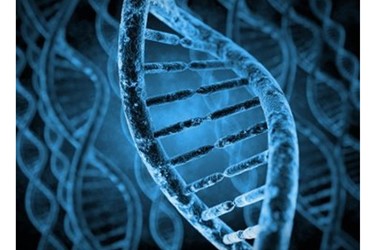Thinking Outside Of The Freezer: DNA And RNA Storage

While ultra-low temperatures are the current state-of-the-art solution for biospecimen storage, ambient storage is an interesting option and could be superior in certain limited situations. For many types of samples, it’s possible that we will always have to use ultra-low temperatures for long-term storage. For other sample types, such as DNA and RNA, there are alternative solutions.
Precision medicine relies on the ability to accurately sequence the DNA and RNA from a given individual. As the need to understand the underlying genetic background for patients and clinical trial participants has increased, so too has the need to collect high-quality DNA and RNA samples. Next generation sequencing (NGS) and RNA-seq based studies are the primary tools utilized to obtain this data and these technologies rely on high-quality samples.
However, collection and storage of samples that maintain nucleic acid integrity is expensive, especially when the collection sites are in remote areas. Although storage of DNA at -20°C and -80°C remains a common method for storing extracted DNA samples, there have been multiple efforts to develop methods to store purified DNA samples at room temperature.
Get unlimited access to:
Enter your credentials below to log in. Not yet a member of Clinical Supply Leader? Subscribe today.
